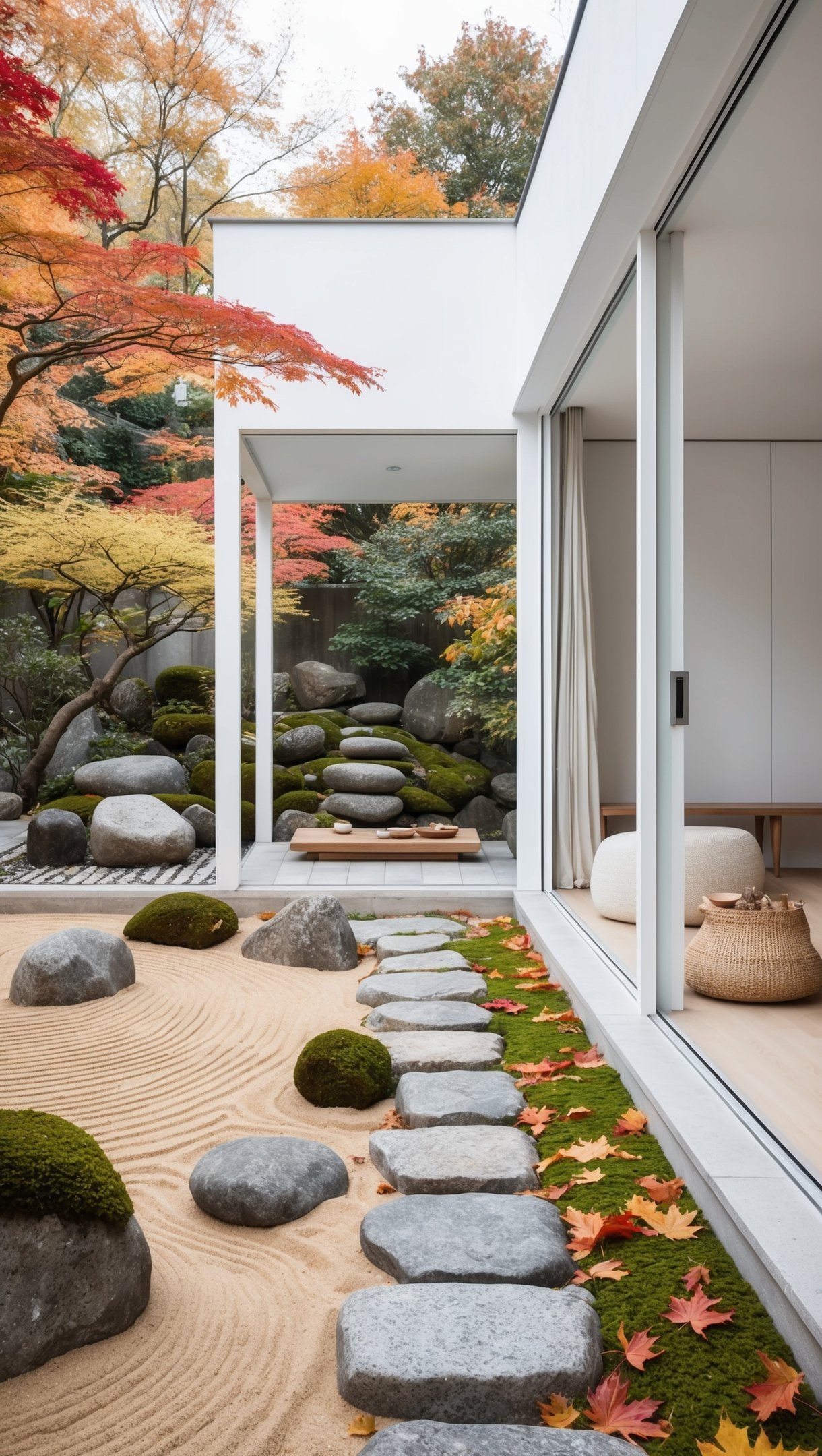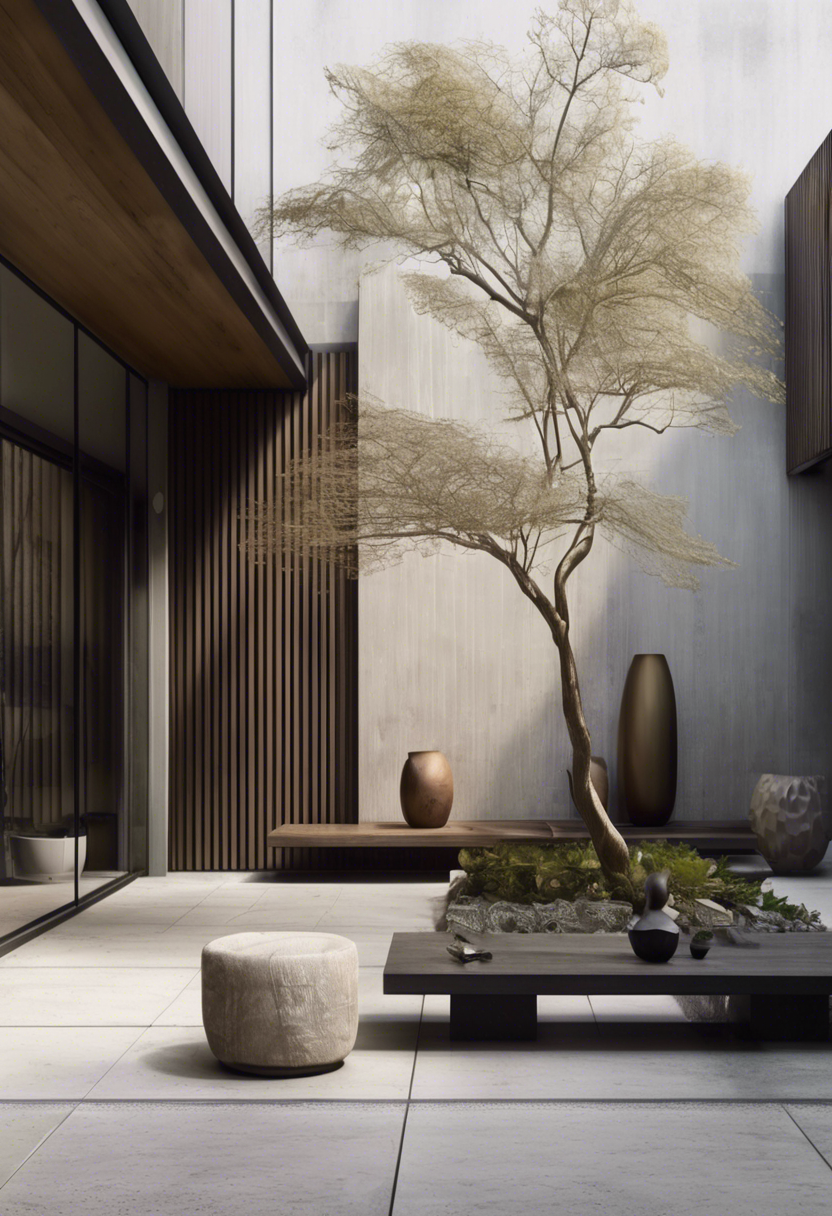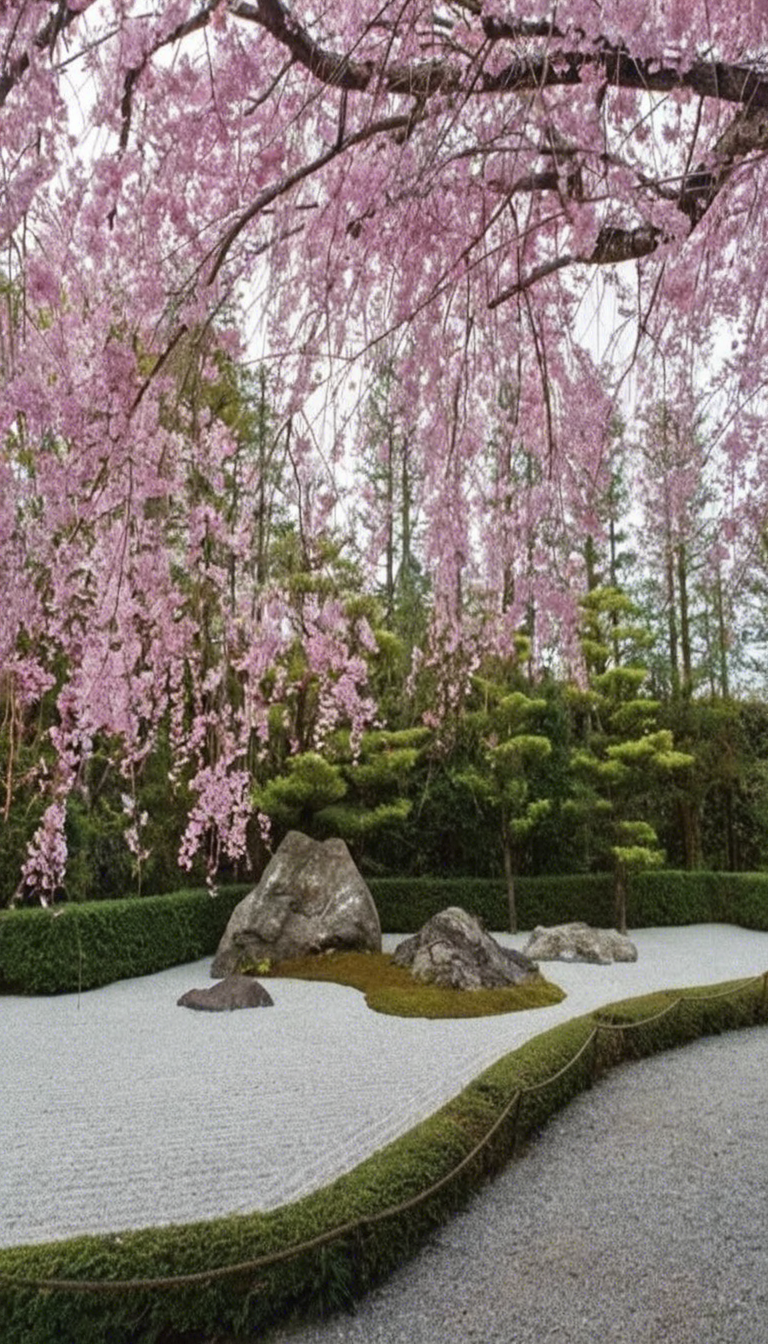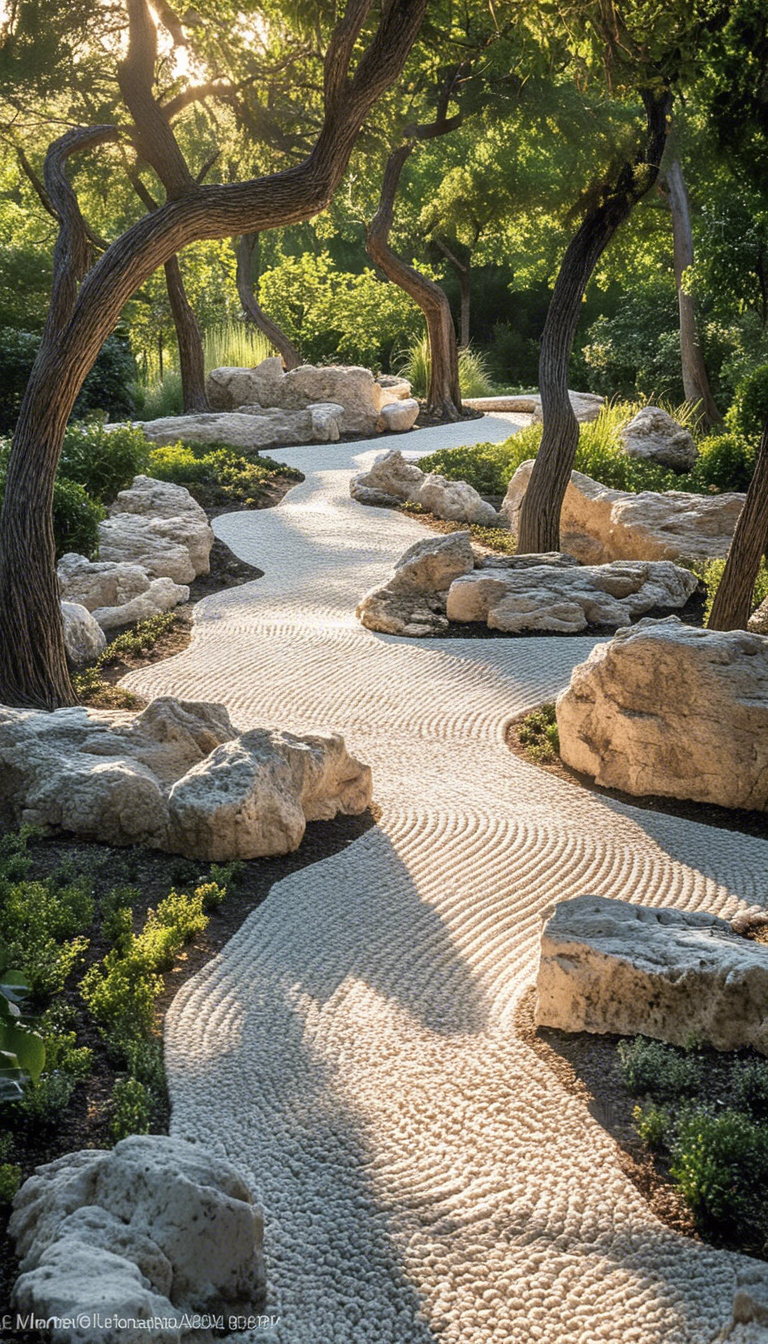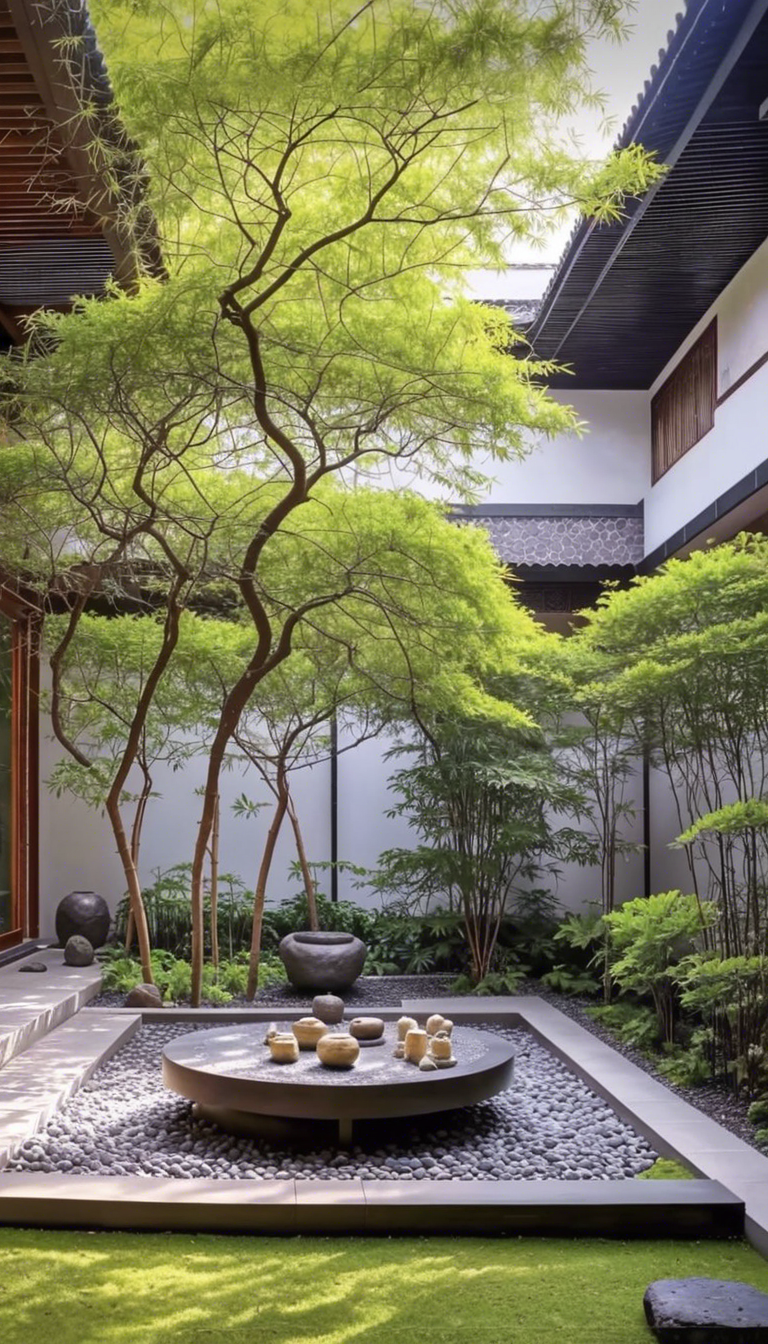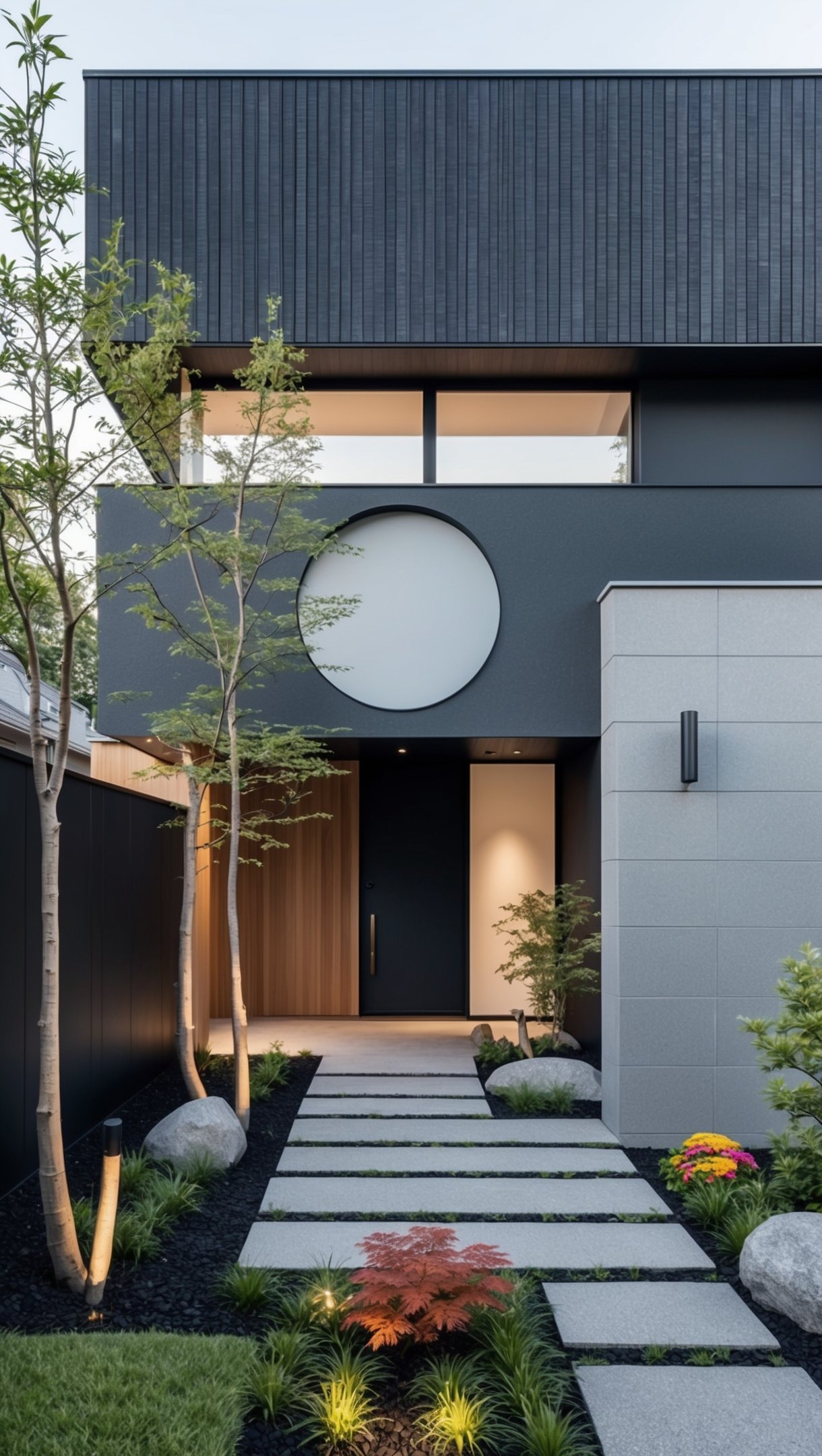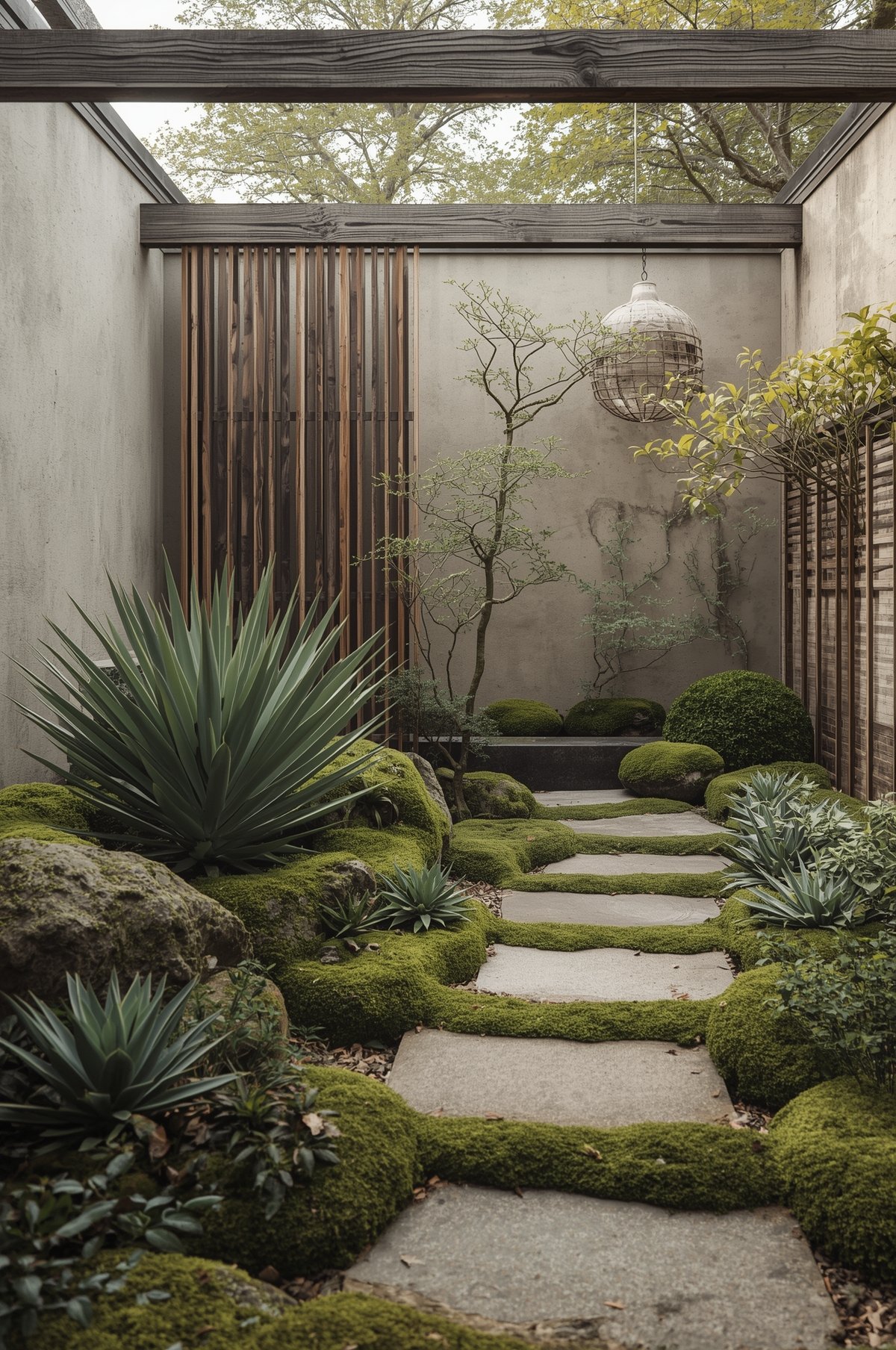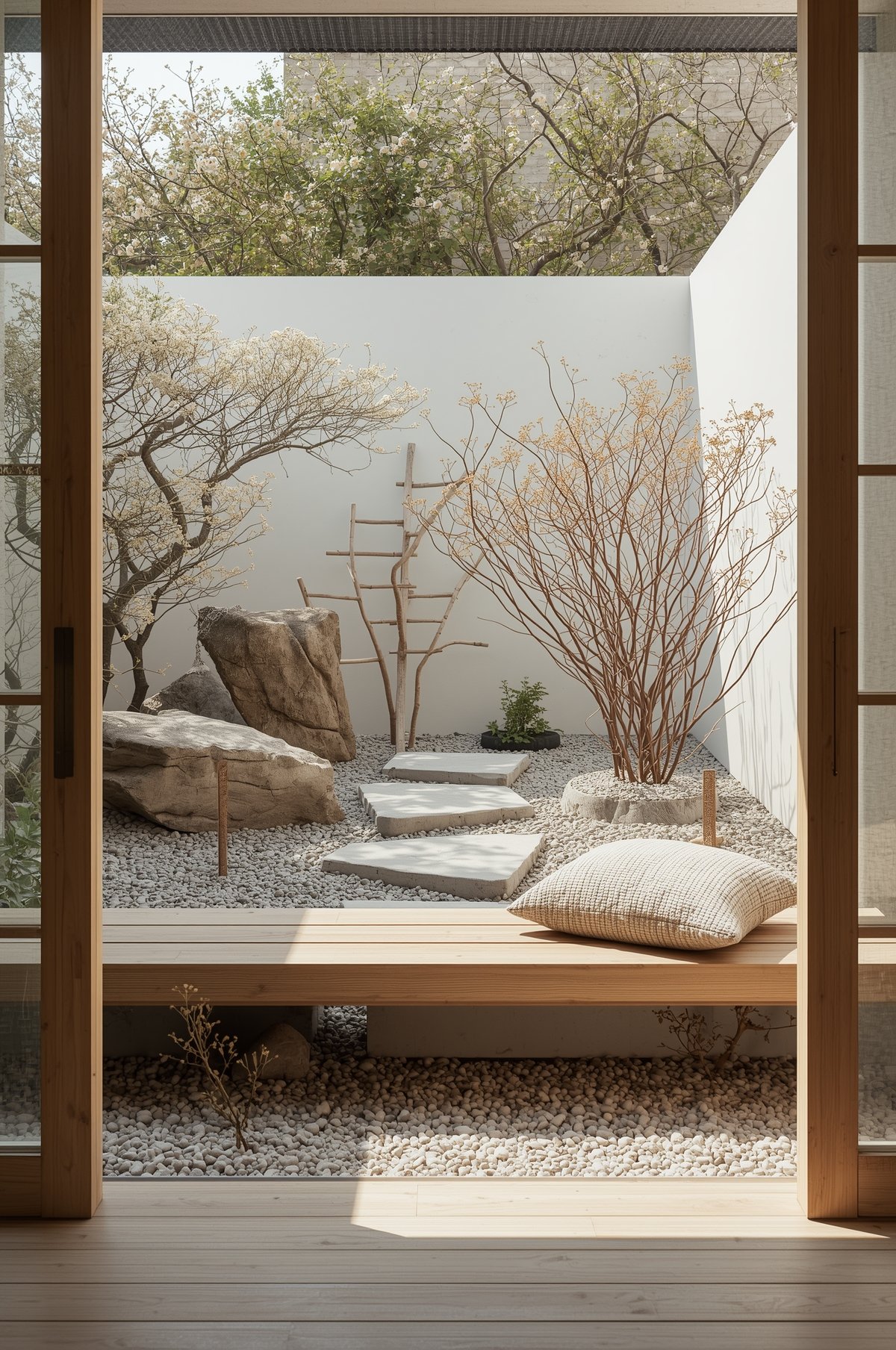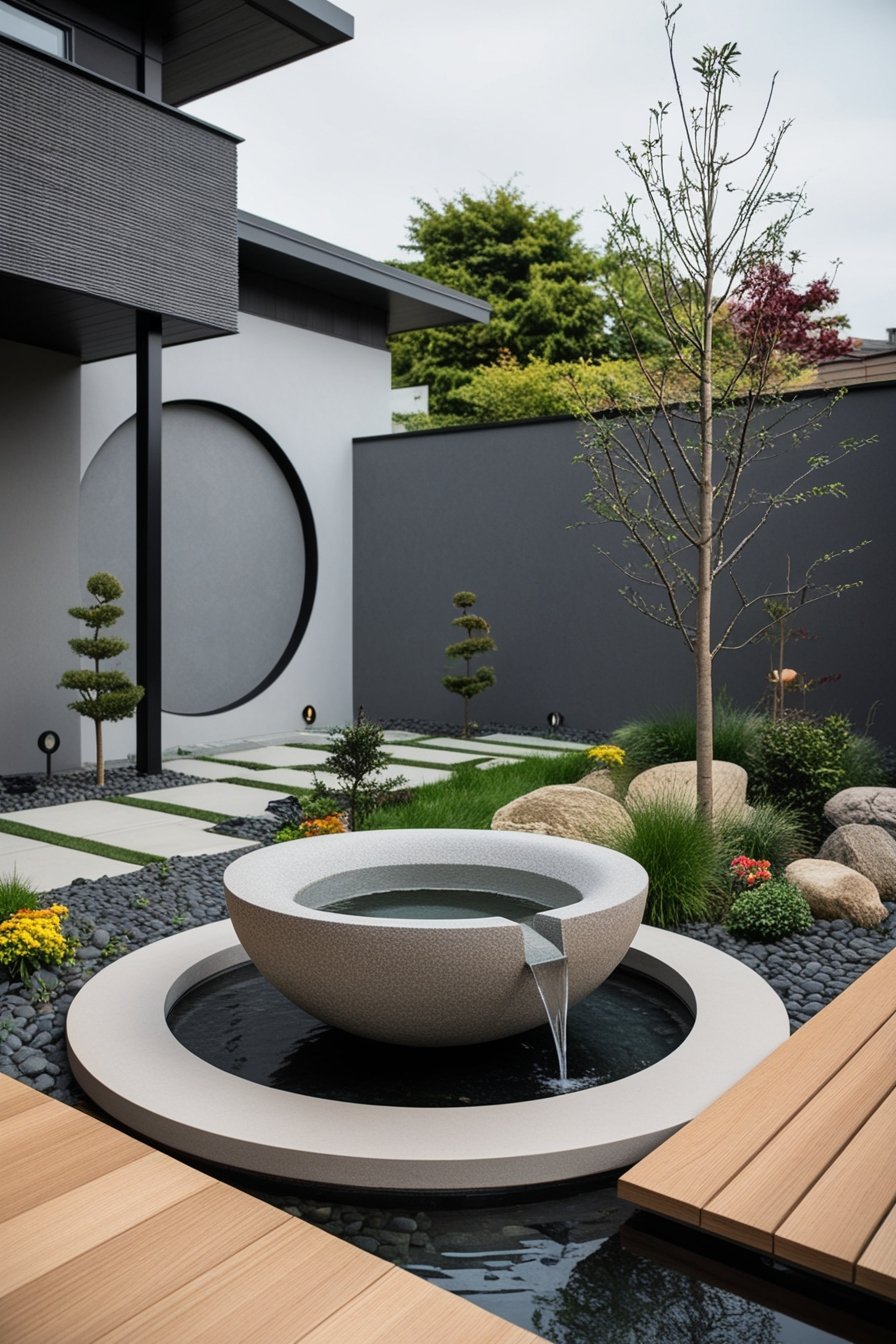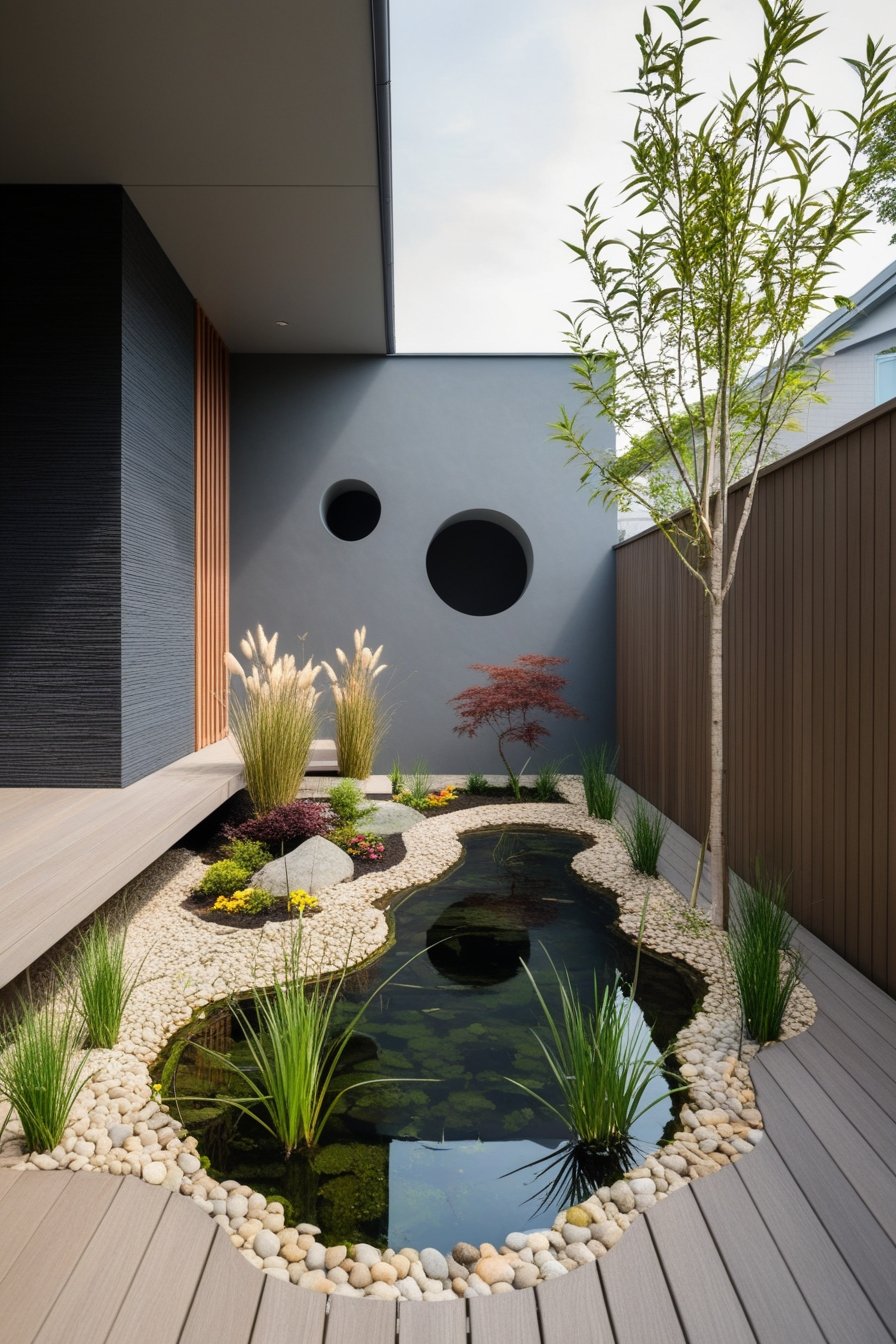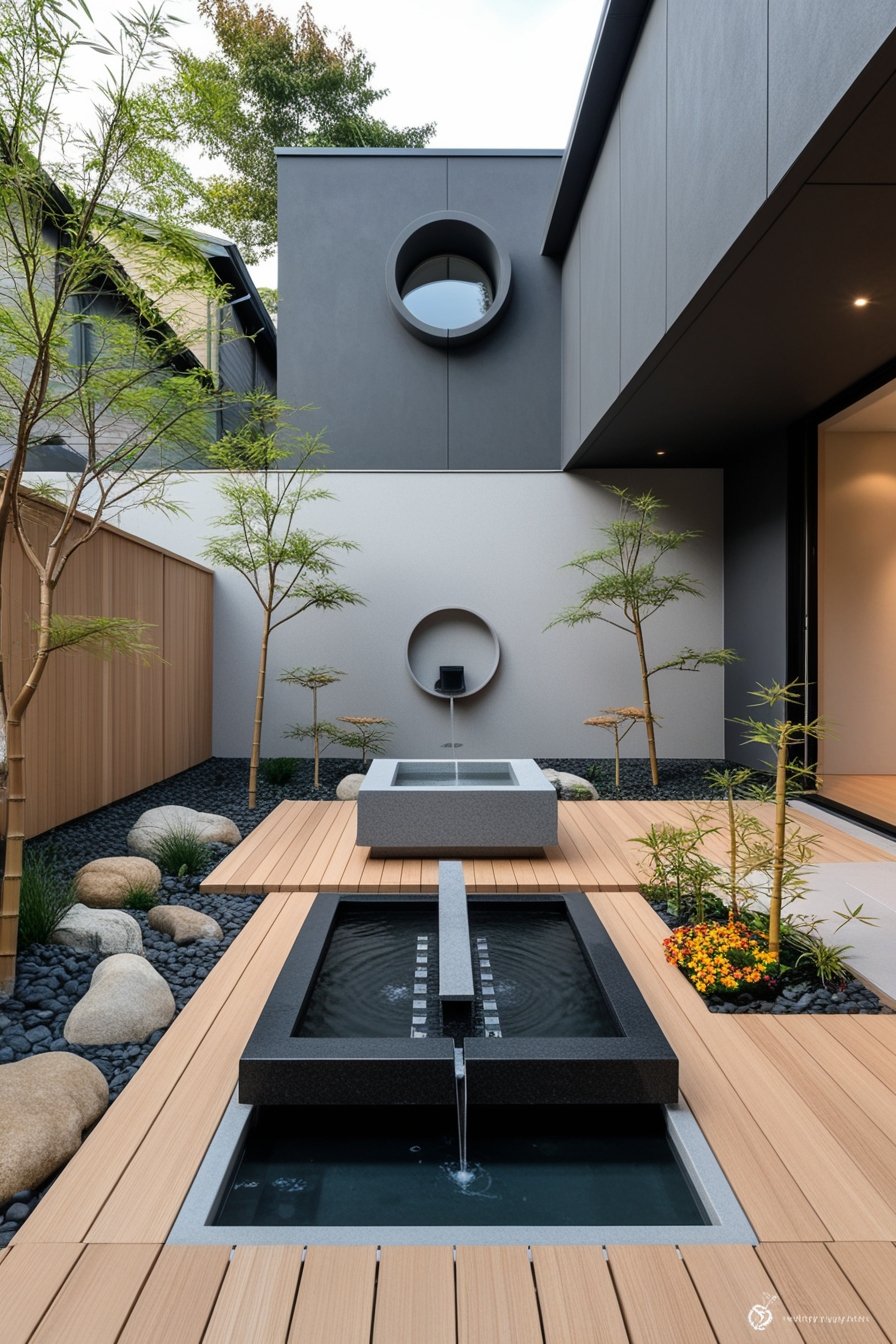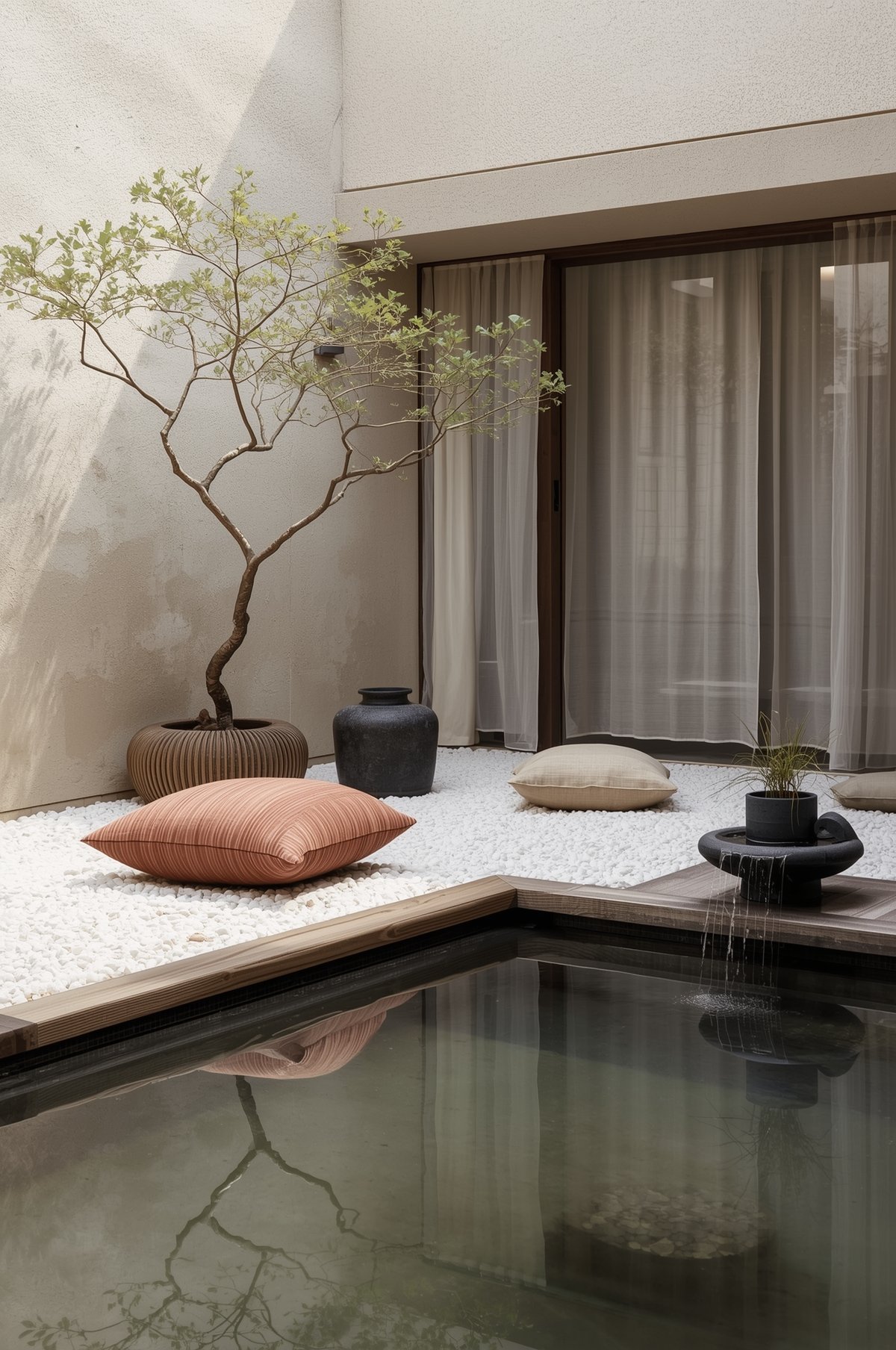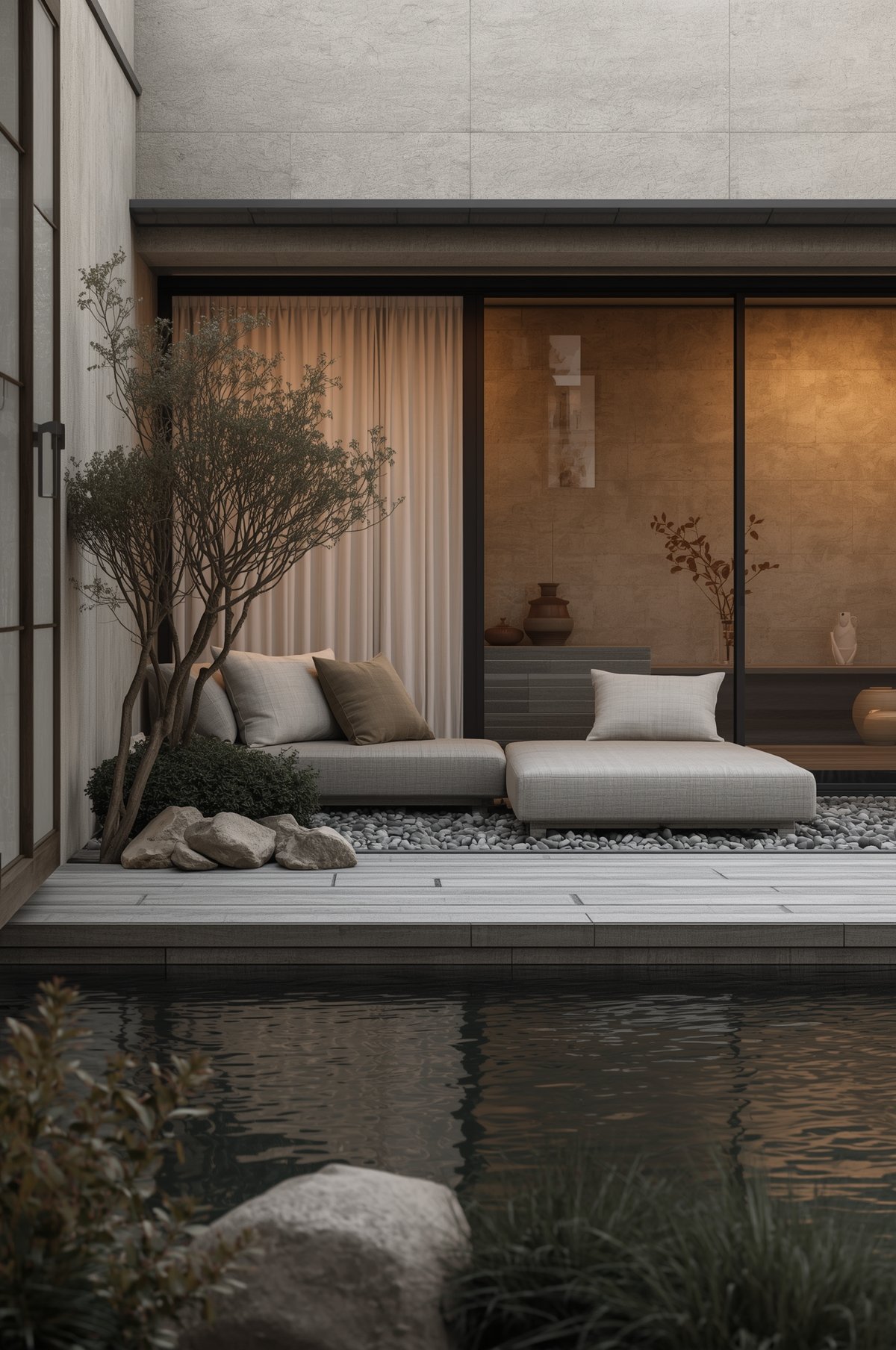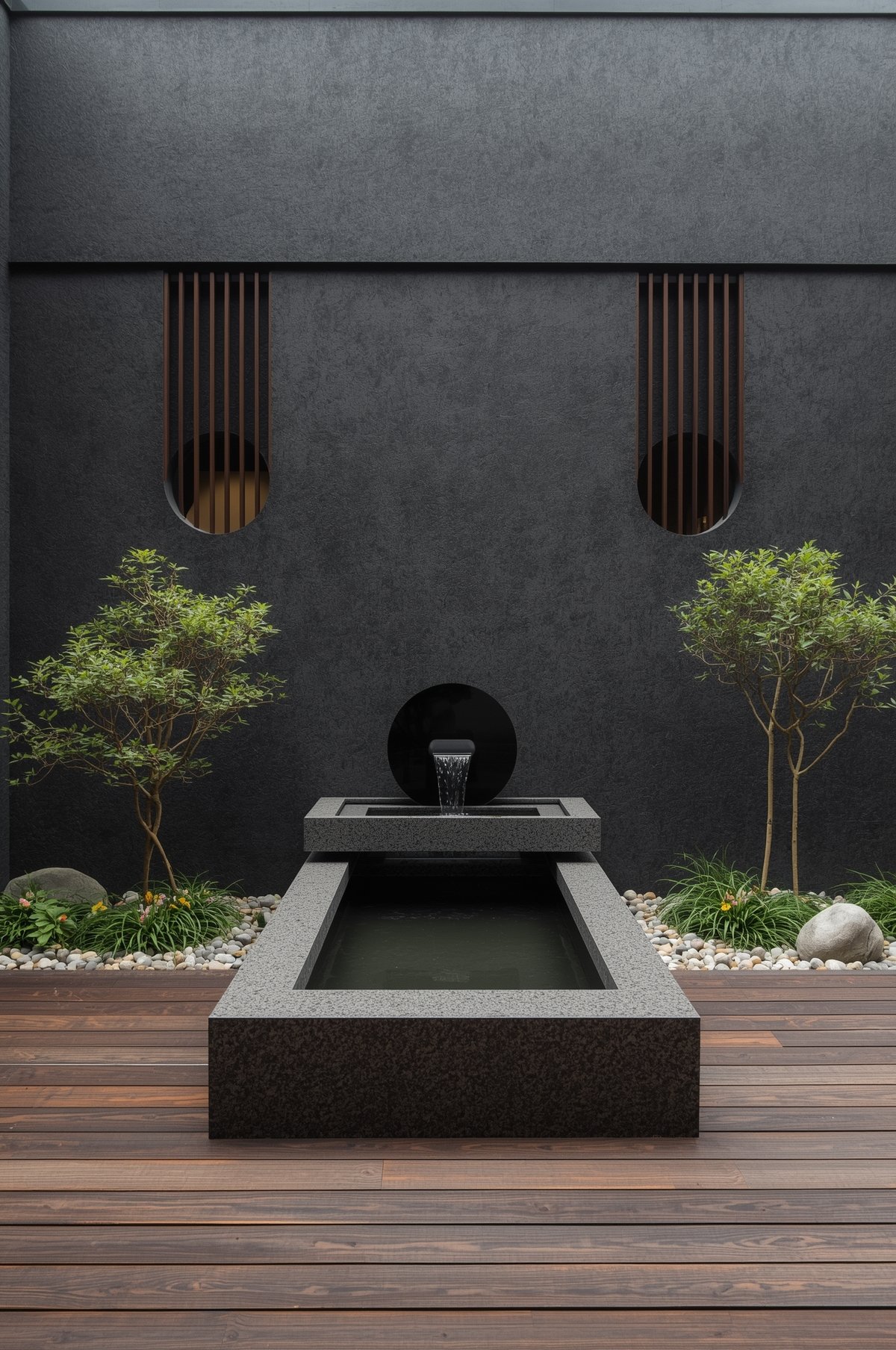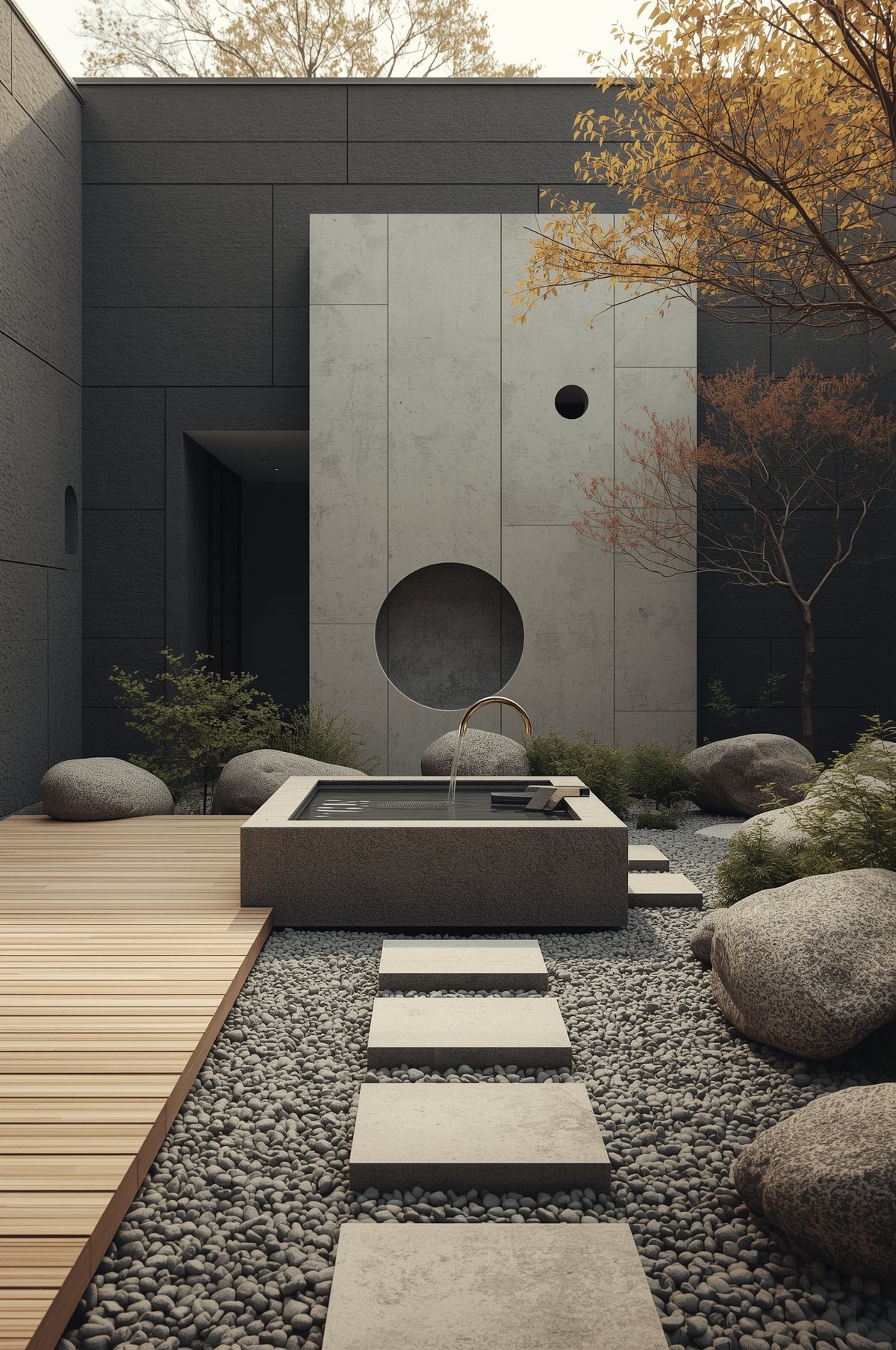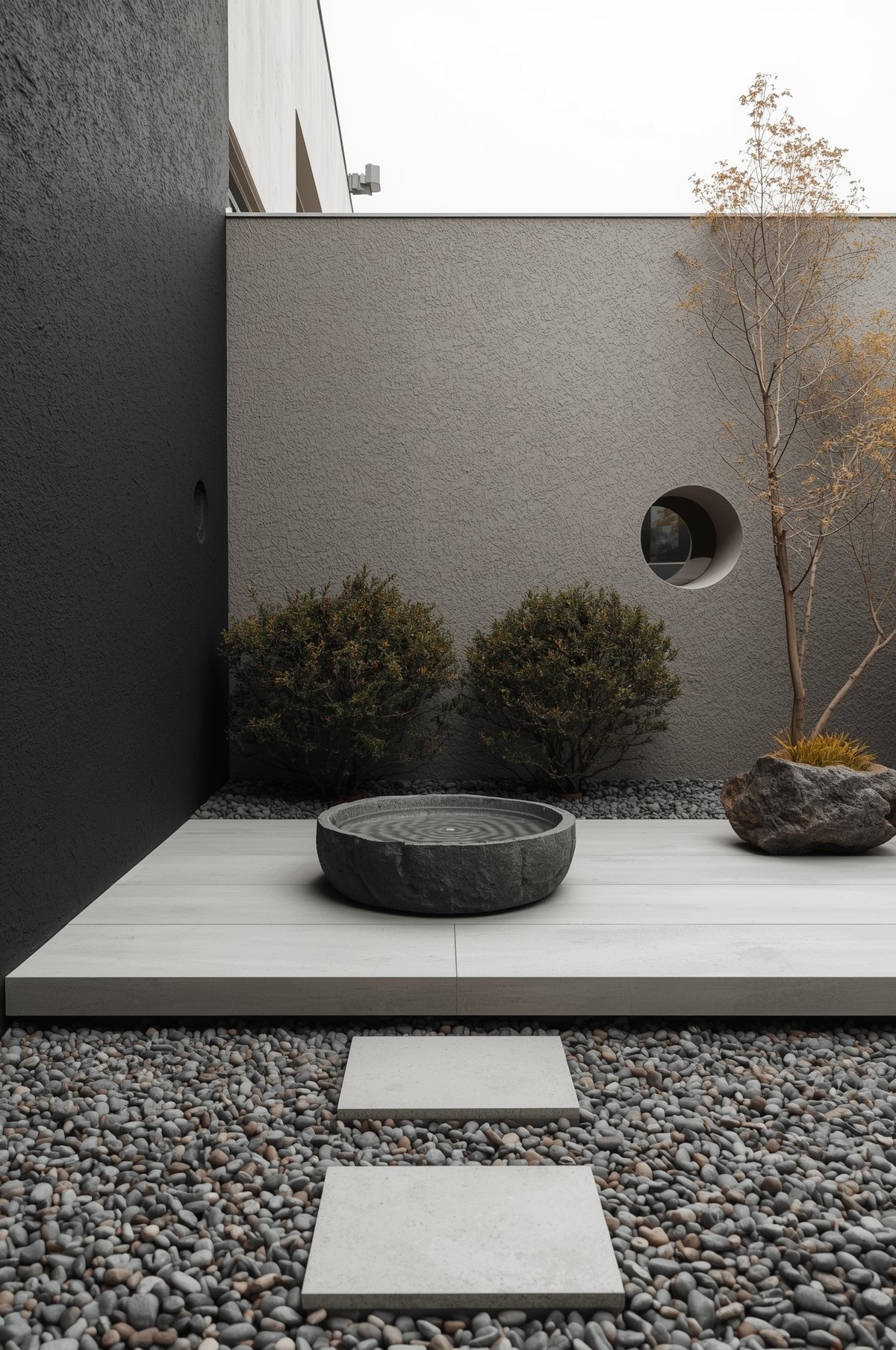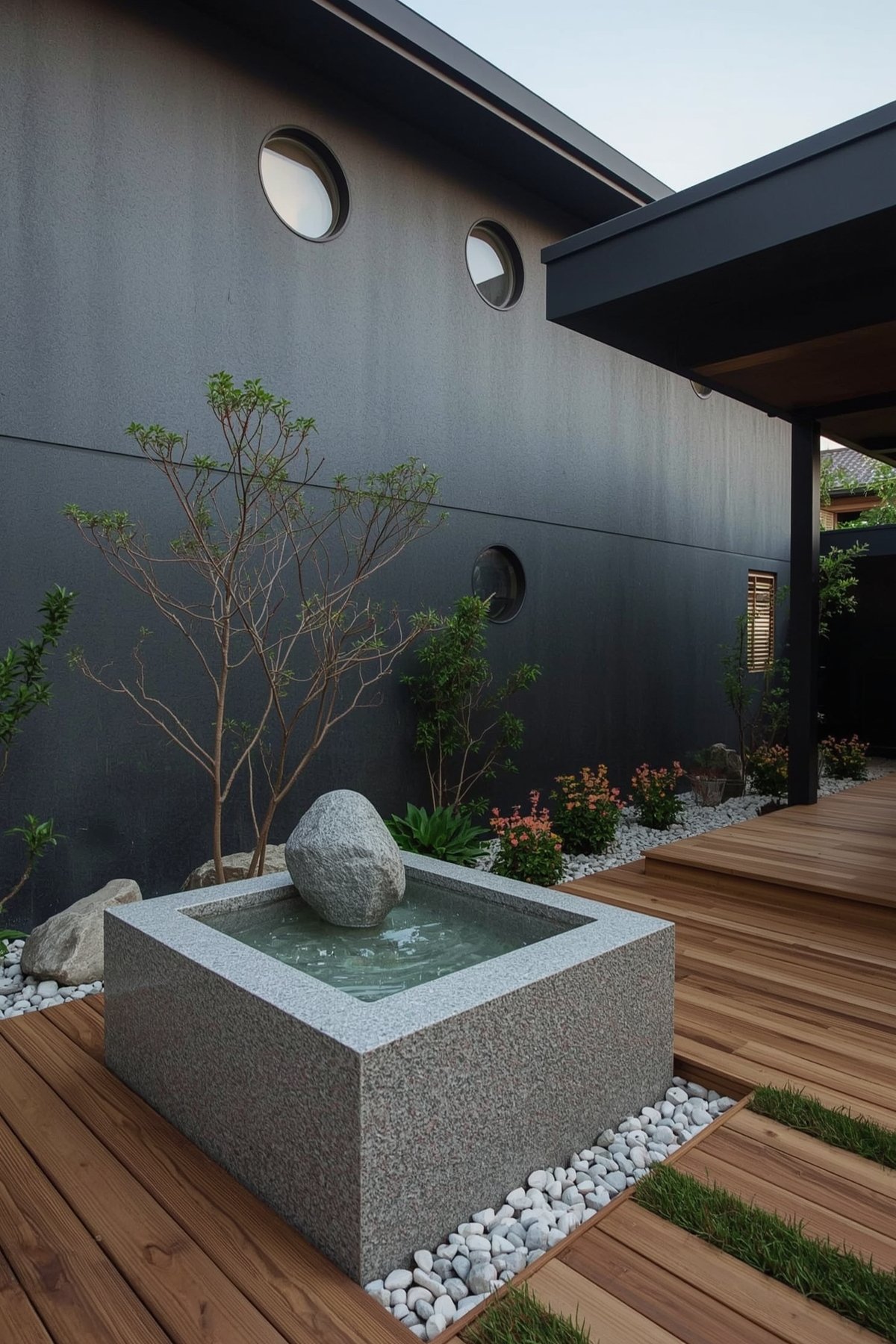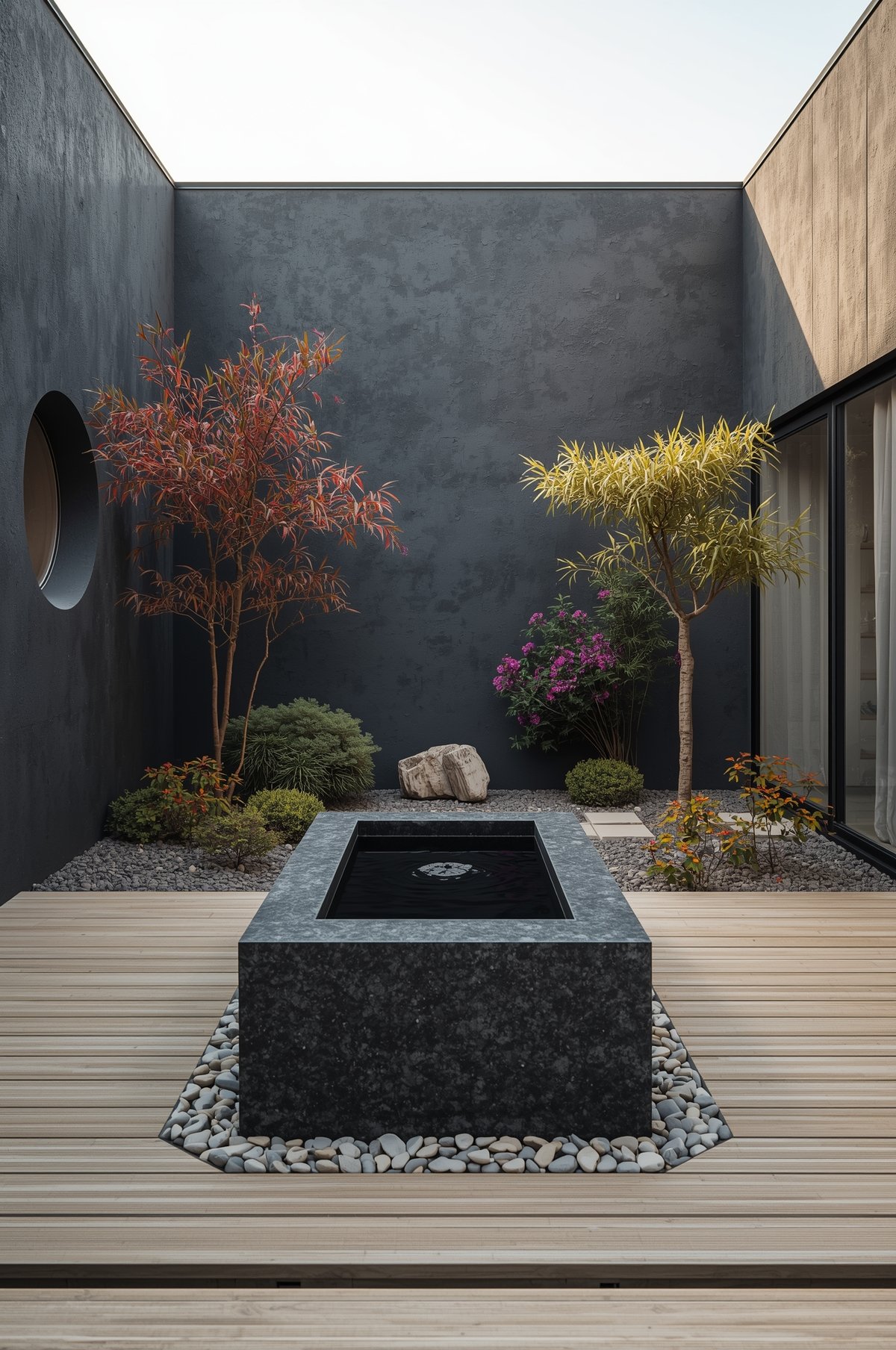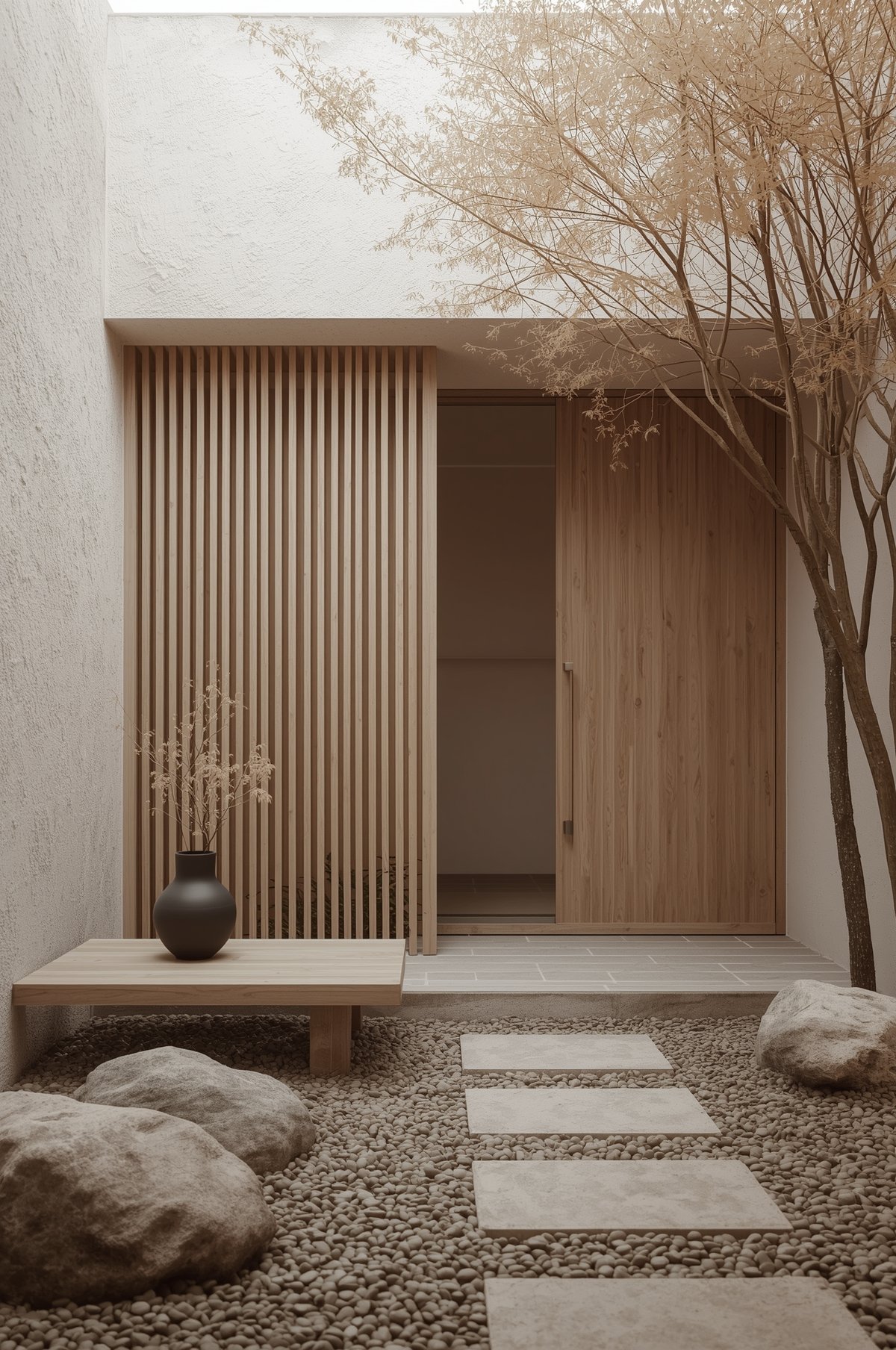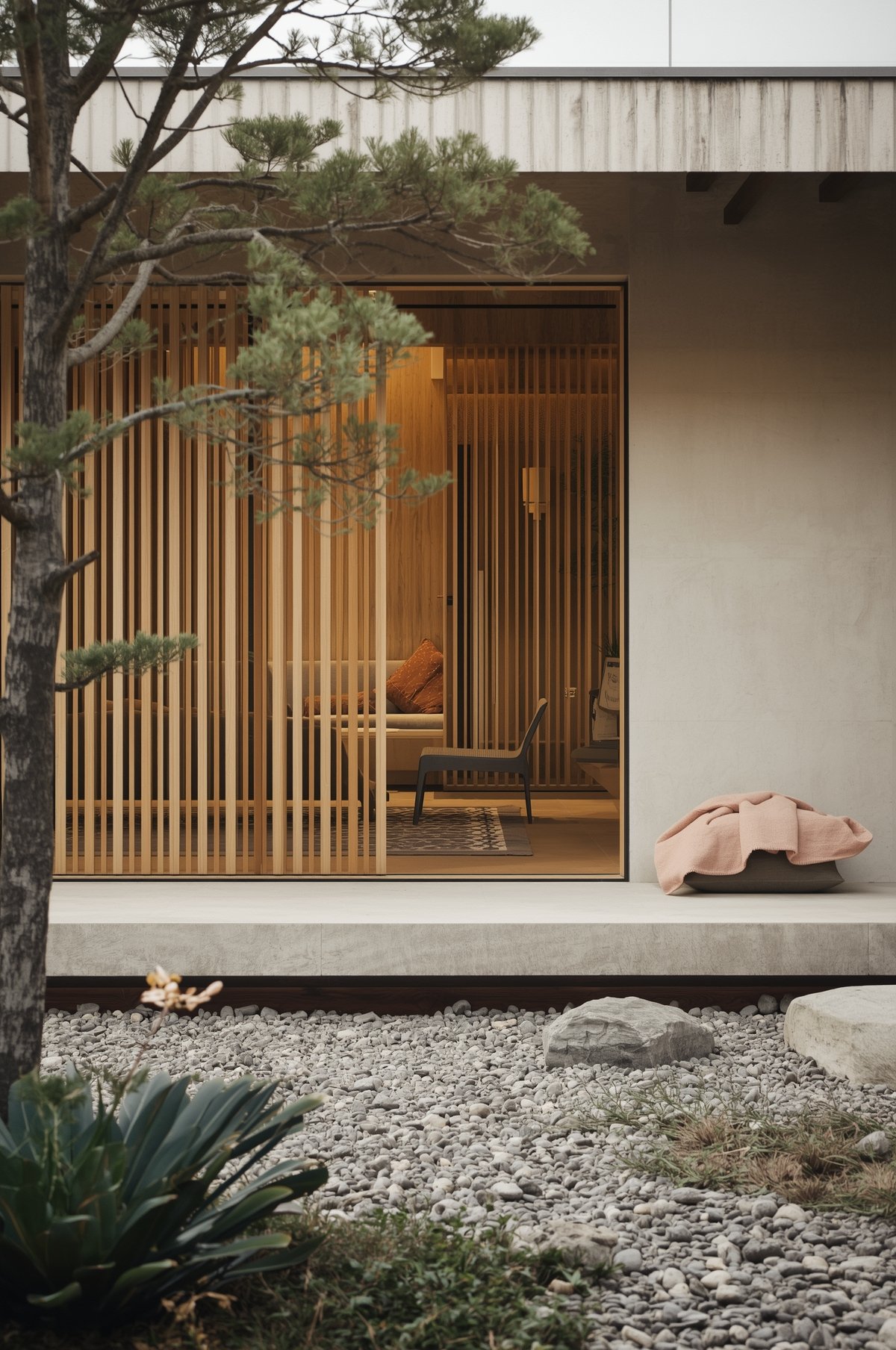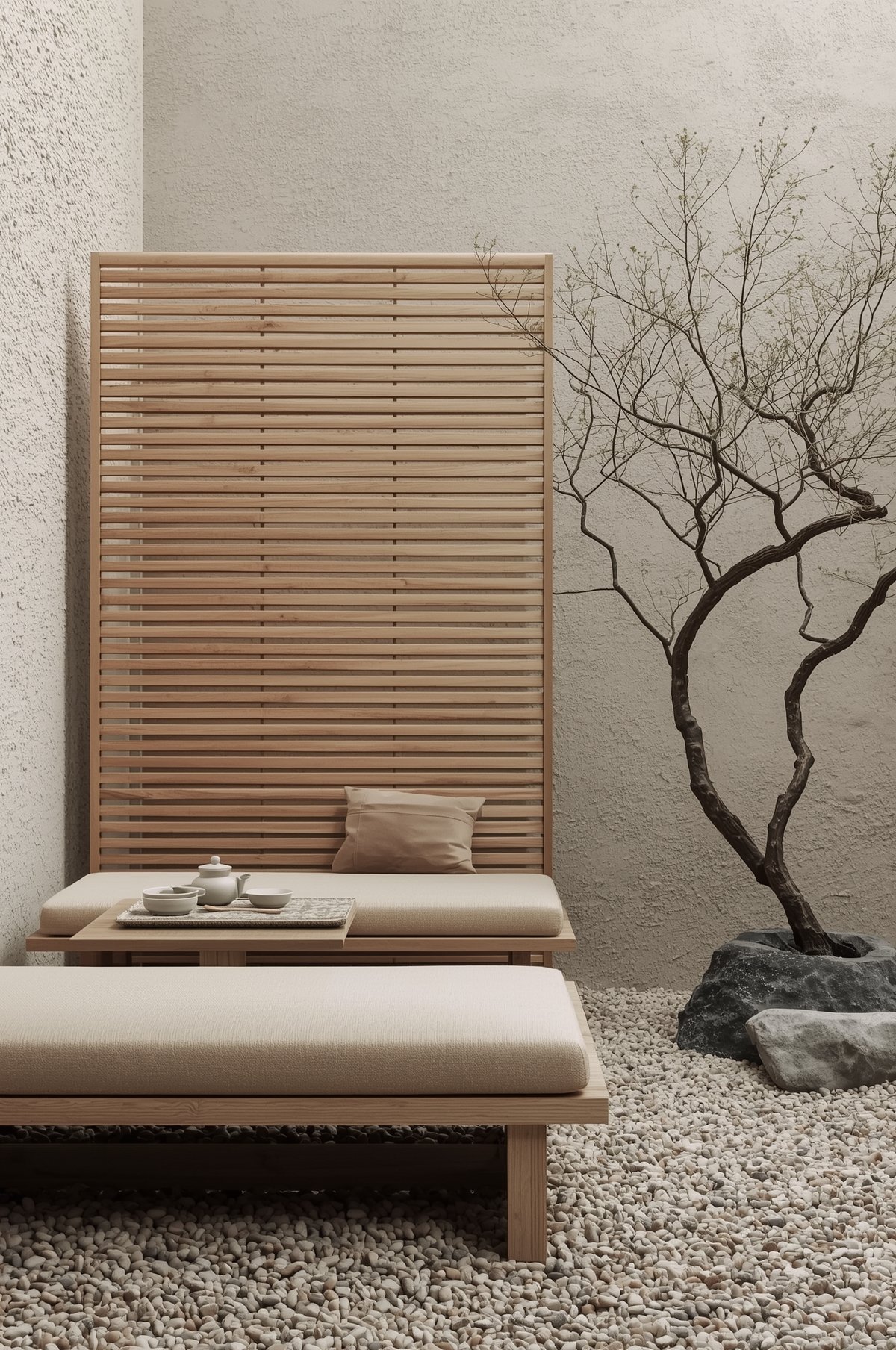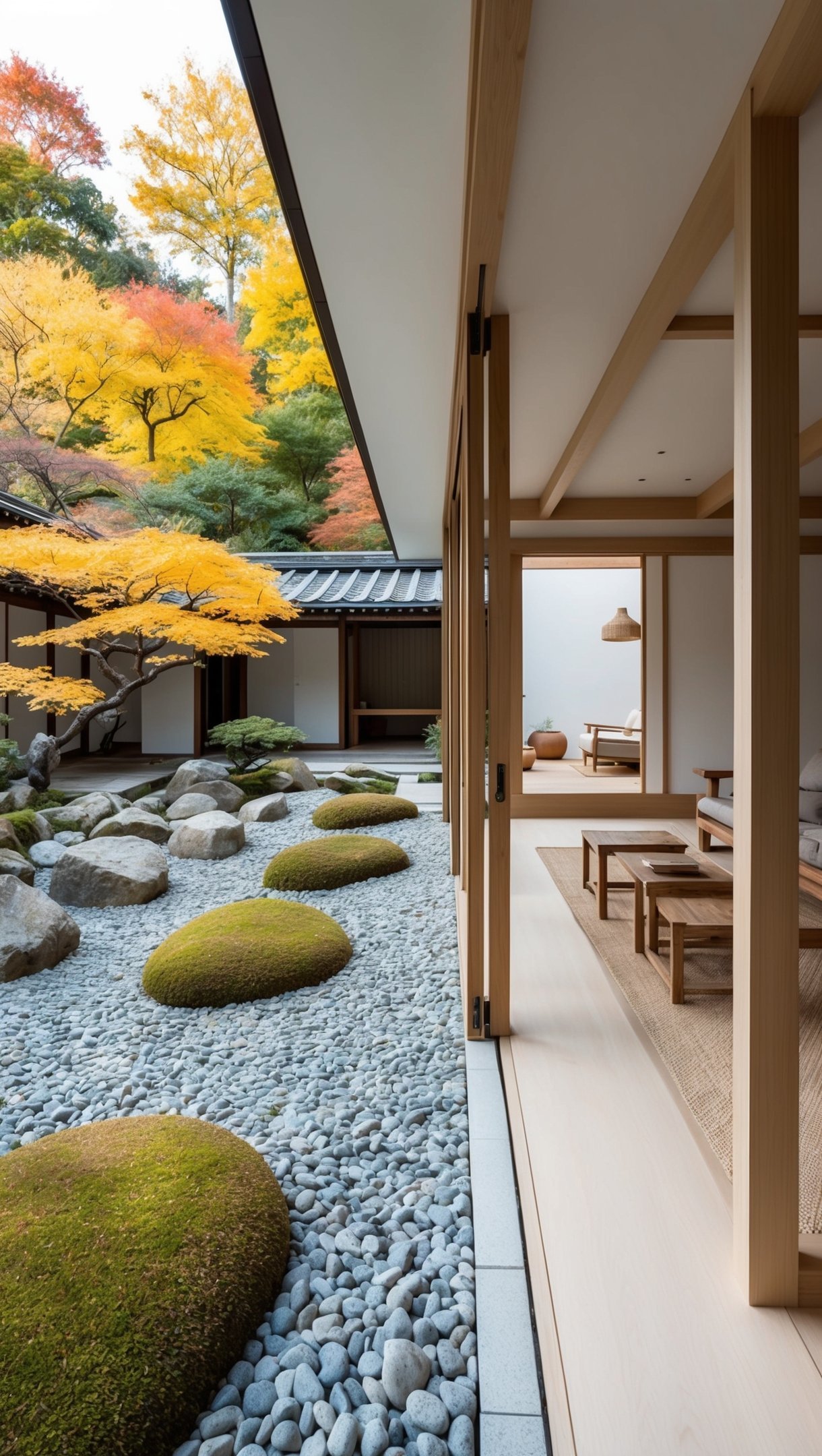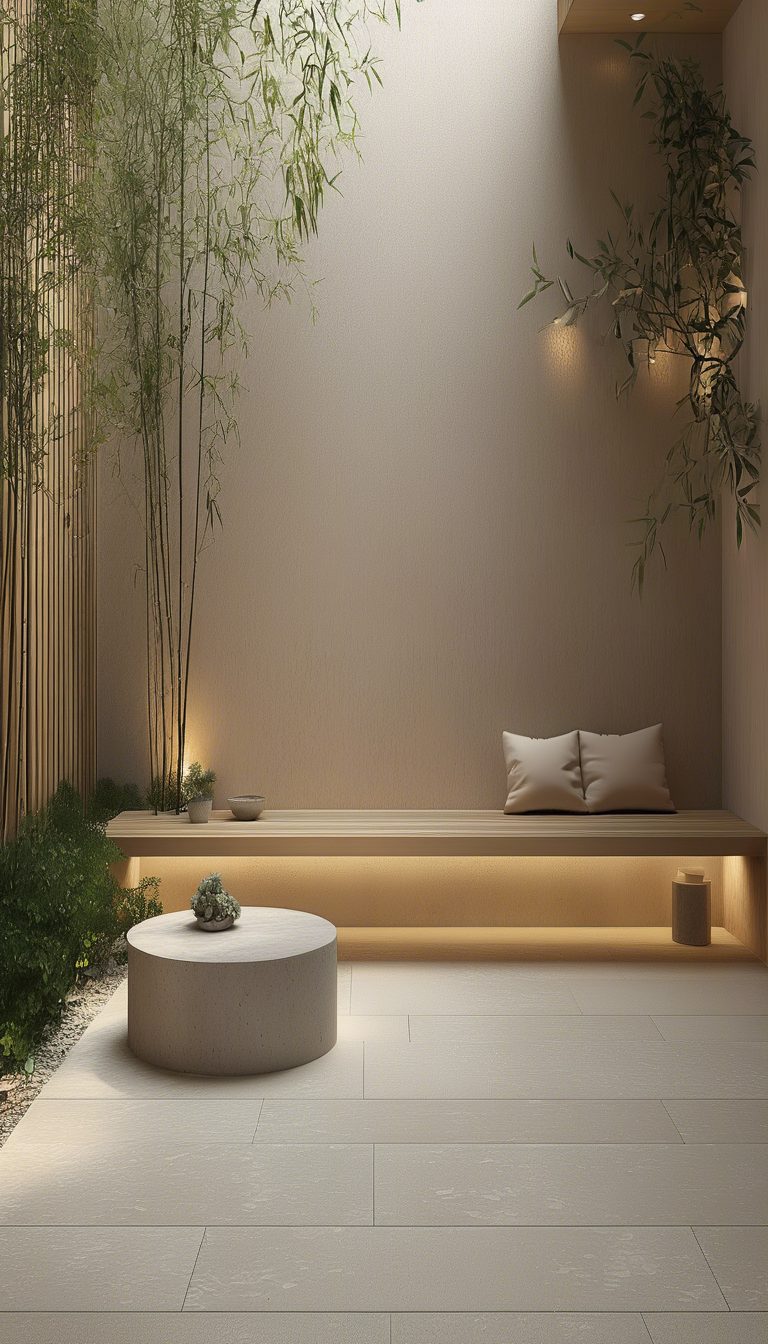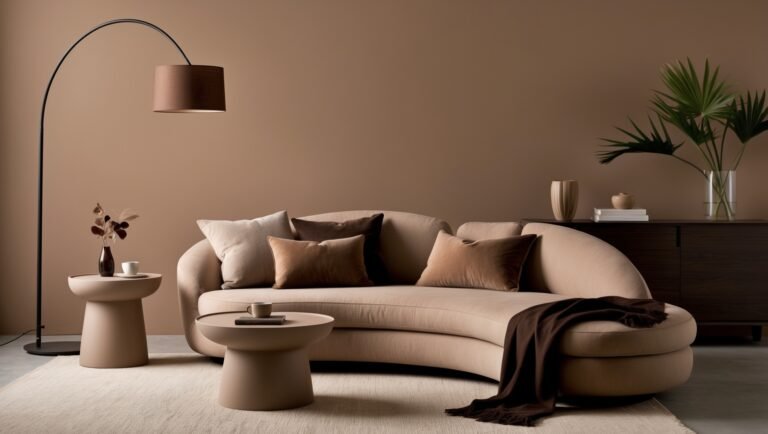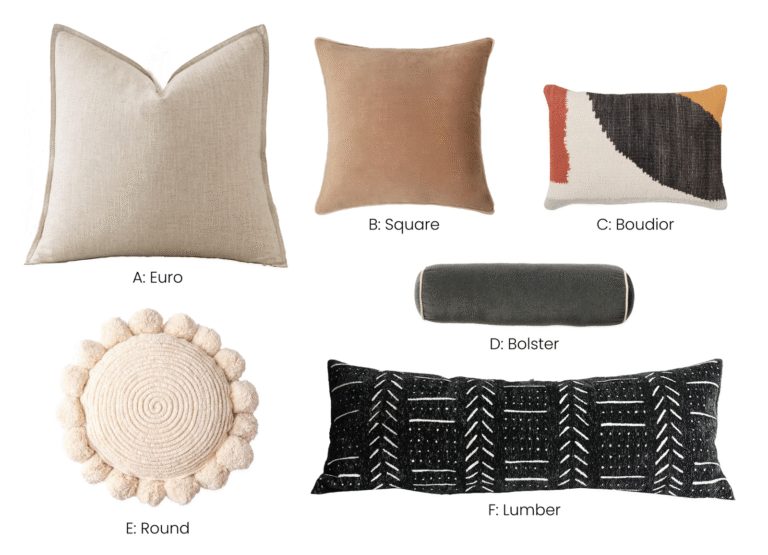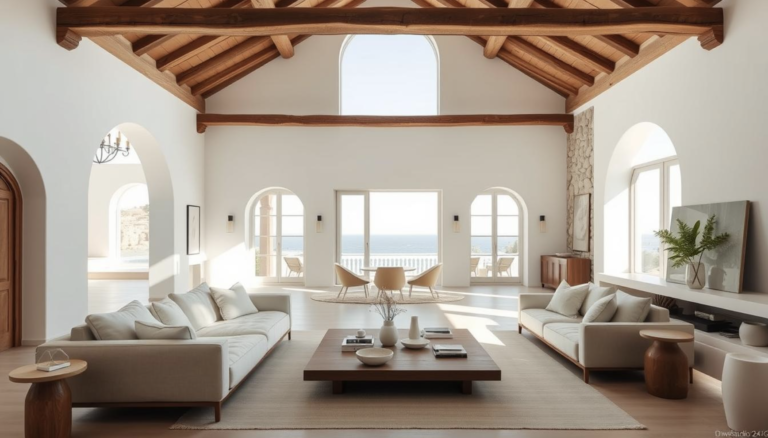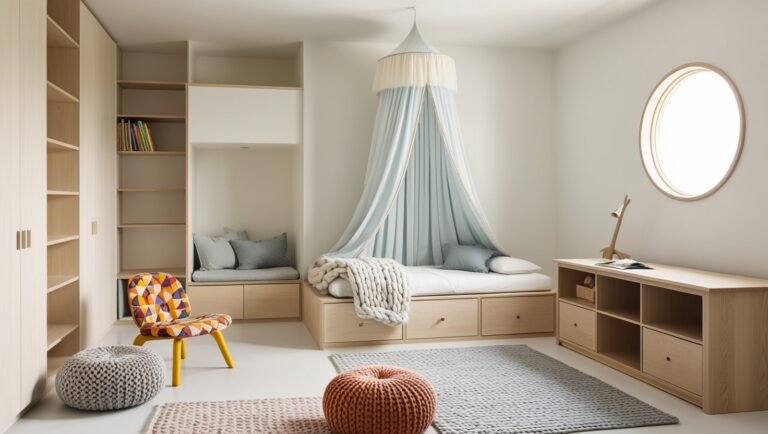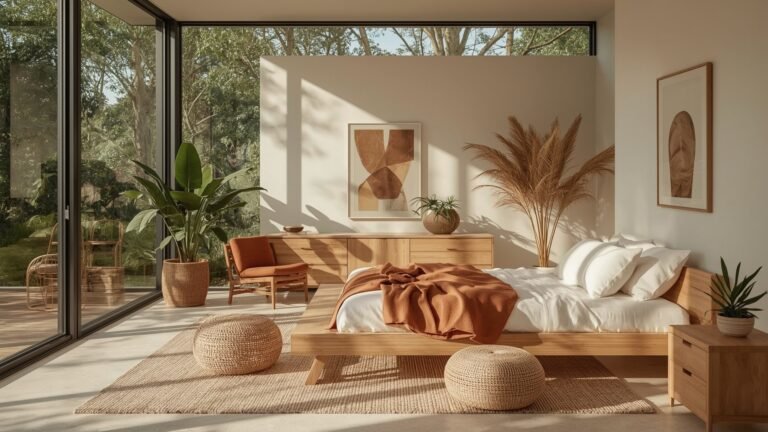Wabi Sabi Garden Guide: Transform Your Space into a Calm, Timeless Haven
If you’re craving a garden that feels lived-in and quietly beautiful, a wabi sabi garden is your low-fuss answer. Embrace imperfect stones, weathered wood, and plants that grow with character—this aesthetic celebrates natural aging, asymmetry, and simple materials. It’s a calm, low-maintenance approach that works in small yards or containers. Read on for easy ideas to build a timeless, organic outdoor space without trying too hard.
Key Takeaways
- Wabi sabi garden: celebrates imperfection, natural aging, and quiet simplicity.
- Use natural materials: stone, reclaimed wood, and unglazed ceramics add authentic texture.
- Plant choices: pick resilient, seasonal plants with varied shapes and muted tones for an effortless look.
- Design approach: favor asymmetry, negative space, and subtle focal points over busy layouts.
- Low-maintenance tips: layer textures, let moss and patina develop, and use containers for adaptability.
Understanding Wabi-Sabi Garden Design
Wabi-sabi is about finding beauty in life’s fleeting and imperfect moments. It’s a philosophy from Japanese aesthetic principles. Unlike strict layouts, wabi-sabi gardens celebrate natural flaws.
This philosophy, inspired by Zen gardens, values asymmetry and weathered textures. It also cherishes the quiet passage of time.
The Philosophy Behind Wabi-Sabi
Wabi-sabi gardening philosophy combines two main ideas: wabi (rustic simplicity) and sabi (the grace of aging). It guides how I design my garden. I use moss-covered stone or unpainted cedar to reflect nature’s rhythms.
Even cracked pottery or gnarled branches are intentional. They show the beauty of impermanence.
Embracing Imperfection in Nature
I let fallen leaves stay as mulch and wild grasses edge my paths. These choices celebrate organic growth. They turn neglect into a celebration of nature.
By embracing natural flaws, like uneven stones or lichen-stained wood, I connect deeper with the land. Each flaw tells a story, showing beauty in life’s unplanned moments.

The right sage green shade plays a crucial role in setting the tone of your bedroom. It’s known for its calming effects and ability to promote relaxation.
Key Elements of Wabi-Sabi Gardens
Creating a wabi-sabi garden is about celebrating materials with stories. My paths use weathered materials like cedar planks and river stones. Moss and lichen soften their textures.
Rusted iron lanterns and cedar posts add to the garden’s quiet beauty. Wabi-sabi isn’t about perfection. It’s about letting materials change with time and nature.
Natural Materials and Textures
Choose materials that age gracefully, such as copper planters and sandstone pavers.
Incorporate elements where materials develop character over time, like an unvarnished wooden bench acquiring a silvery patina.
Embrace imperfections, such as a split log planter, as part of the design.
Seasonality and Change
Design the garden to reflect the changing seasons.
Utilize natural cycles, like autumn leaves serving as mulch for spring flowers.
View remnants of past seasons, like winter hydrangea stalks, as evidence of growth.
Select plants that offer both seasonal change and year-round structure, like pairing evergreen ferns with black-eyed Susans.
Accept and appreciate the transient beauty of each season without trying to preserve it indefinitely.
Choosing the Right Plants for Wabi-Sabi Garden
Plant Characteristics & Selection
Select plants that reveal their authentic character.
Prioritize native plants like sage and lemon balm that harmonize with the local environment.
Utilize strong, self-sustaining local plants such as native grasses and wildflowers to promote sustainability.
Choose plants that display seasonal changes, adding interest throughout the year.
Arrangement & Design Approach
Avoid rigid rows; arrange plants in natural-looking groups.
Focus on creating spaces that feel intuitively right, embracing imperfection.
Group plants in odd numbers for a balanced yet imperfect aesthetic.
Allow plants to spread naturally, softening the garden’s edges.
Underlying Philosophy
Make choices that celebrate life’s cycles, recognizing how even falling leaves contribute to the ecosystem (e.g., enriching the soil).
View the garden as a living artwork that showcases the beauty of change.

Embrace self-seeders, leave seed heads, favor texture, use imperfect pots, and let edges blur for Wabi-Sabi charm.
Incorporating Found Objects into My Garden
My garden’s heart beats with weathered treasures and repurposed finds. Each piece, from a beachcombed plank to a flea market find, tells a story. They show the beauty of decay and impermanence.
Creative Uses for Driftwood and Stones
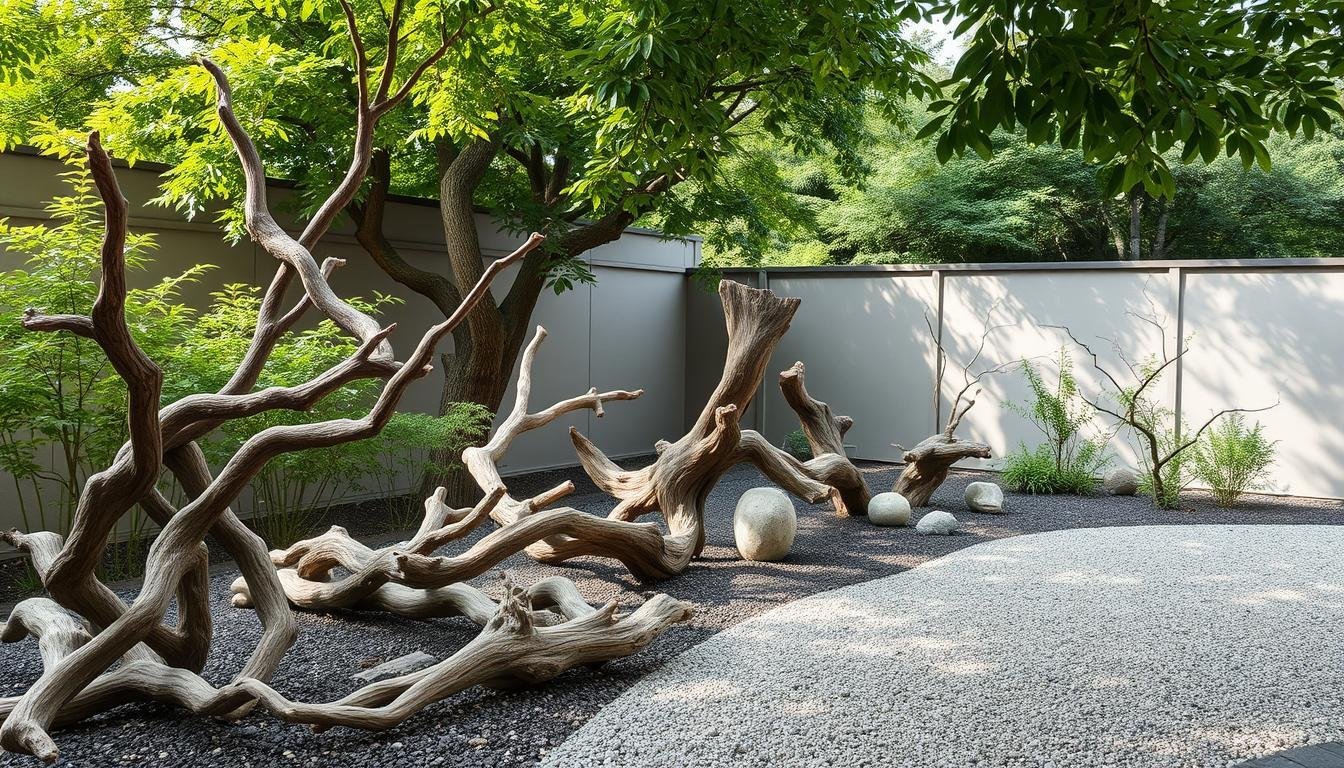
Driftwood turns into unique sculptures among ferns. Natural stones like river rocks make winding paths. A twisted log becomes a bench, covered in moss.
Boulders form clusters that guide visitors. Their lichen-stained surfaces show nature’s slow work.
Adding Vintage or Rusted Items
Rusted ornaments like an old tractor part now hold herbs or flowers. Cor-ten steel planters get a reddish patina from oxidation. I’ve used a rusted wheelbarrow as a birdbath, shining in sunlight.

My Top Tip: Light vinegar cleans them without losing their charm.
The Role of Water Features in Wabi-Sabi Garden
Water elements in a wabi-sabi garden embrace simplicity and naturalness. Eschewing flashy pumps or sharp edges, they reflect the quiet beauty of the natural world.
Examples of Water Features
Stone Basin: A stone basin, shaped like a weathered tsukubai, can catch raindrops, its surface mirroring the changing colors of the sky.
Natural Pond: A pond with uneven banks allows cattails and rushes to grow freely, creating a wild, natural aesthetic.
Simple and Tranquil Water Elements
A minimalist water design can incorporate unglazed clay pots and gravel beds. The pond’s shallow depth allows sunlight to reach aquatic plants, supporting life without the need for artificial light.
A dry creekbed, filled with smooth stones, can temporarily flood after rainfall, vividly illustrating nature’s cycles. Even when dry, these elements remain alive with the potential for life.
Maintenance Tips for Longevity
To maintain these water features and promote longevity, work with nature’s rhythms, rather than against them.
Avoid Chemicals: Refrain from using chemical treatments.
Plant Strategically: Introduce plants like iris and parrot’s feather to naturally combat algae growth.
Seasonal Pruning: Each autumn, trim invasive plant roots to prevent overgrowth.
Leave Organic Matter: Allow fallen leaves to decompose within the water feature, providing nutrients and supporting a balanced ecosystem.
Gentle Cleaning: Occasionally, use a bamboo net to scoop out excess debris, helping to keep the water clear without disrupting the natural processes.

The Wabi-Sabi Philosophy: These water elements embody the wabi-sabi philosophy by changing and growing over time. They showcase the beauty of decay and rebirth, highlighting the natural cycle of life.
Seasonal Changes and Wabi-Sabi

A wabi-sabi garden embraces seasonal transitions, recognizing the beauty in change, from autumn’s falling leaves to winter’s frost. Each season reveals that beauty resides in every phase of the garden’s cycle.
Appreciating Autumn’s Beautiful Decay
Fall showcases decay as a form of art.
Allow sunflower stalks to remain standing to provide food and shelter for birds.
Let fallen maple leaves create colorful pathways.
View autumn as a combination of endings and new beginnings.
Frosty hydrangea blooms and wind-swept grasses highlight nature’s inherent beauty. The season encourages graceful letting go.
Winter’s Quietude as a Resting Phase
Winter offers an opportunity to appreciate the garden’s quietude.
Frost patterns on branches and the contrast of green against snow create visual interest.
The bare forms of winter invite a sense of calm, mirroring the plants’ rest as they prepare for renewed growth.

Observing ice formations on grass and the textures of bark fosters patience and mindfulness, revealing that rest is not emptiness but a crucial stage for future growth.
Fostering Biodiversity in a Wabi-Sabi Garden

A garden’s ecosystem is enriched by incorporating native plants and pollinator-friendly designs. The ecological wabi-sabi garden concept promotes a thriving environment that attracts diverse wildlife, including bees, birds, and butterflies.
Native trees and plants provide essential resources for local fauna. For example:
The Kowhai tree (Sophora microphylla) serves as a prime habitat for native birds.
Milkweed patches support monarch caterpillars.
Goldenrods provide sustenance for migrating insects.
Attracting Pollinators with Native Species
The foundation of a pollinator-friendly garden lies in early-blooming willows and asters.
Including these plants ensures a continuous nectar supply throughout the year:
- Milkweed
Wild bergamot
- New England aster
Providing habitats for ground-nesting bees and constructing insect hotels further supports pollinator populations. Even after flowers fade, their contributions continue. Seed heads offer a vital food source for finches during the winter months.
Each plant plays a specific role:
Milkweed supports monarch butterflies.
Goldenrod aids migrating insects.
Achieving Balance in Plant Choices
Creating a balanced ecosystem involves a mix of groundcovers and tall grasses, providing layered habitats for diverse animal species.
Native clover enriches the soil through nitrogen fixation.
Native grasses contribute to soil stability.

Allowing plants to self-seed and grow where they naturally thrive fosters a more organic and balanced landscape. This approach enables plants like black-eyed Susans and native penstemon to coexist, their roots working together to prevent soil erosion. This diversity mirrors natural ecosystems, supporting a rich variety of life without excessive control.
FAQ
What is Wabi-Sabi gardening?
Loves the beauty in imperfect things.
Enjoys the natural aging of plants and materials.
Connects us more deeply with nature.
Lets gardens grow and change freely.
How can I incorporate Wabi-Sabi principles into my garden?
Choose natural materials (untreated wood, stones).
Look for arrangements that are a bit off-kilter.
Embrace seasonal changes.
Let some parts of your garden grow naturally.
Why are native plants important in a Wabi-Sabi garden?
Need little care.
Help local wildlife.
Look great all year, adding beauty.
How does Wabi-Sabi affect garden maintenance?
Makes gardening simpler.
Lets nature do its thing, reducing control.
Makes gardening less stressful and more fun.
Can Wabi-Sabi principles apply to other areas of life?
Teaches us to accept imperfection and change.
Helps us live in the moment.
Encourages appreciation for what we have.
What role do water features play in Wabi-Sabi gardening?
Should be simple and natural.
Add calm and tranquility.
Show the garden’s ever-changing beauty.
How do lighting and shadow contribute to the Wabi-Sabi aesthetic?
Change how we see textures and colors.
Make the garden look alive and dynamic.
What aspects should I consider when arranging plants in a Wabi-Sabi garden?
Use odd numbers.
Mix up plant heights and textures.
Let plants grow naturally.
Creates an organic and beautiful look.
The Bottom Line
The journey into wabi-sabi gardening is an ongoing process of discovery, where the beauty of imperfection and the natural cycle of life are celebrated above all else.
By shifting our focus from control to observation, we begin to appreciate the unique character of each season, the delicate balance of biodiversity, and the restorative power of natural processes.
Whether you start with a single weathered pot or dedicate an entire corner of your garden to wild growth, embracing the wabi-sabi philosophy allows you to connect more deeply with nature and find a sense of calm and contentment in the ever-changing landscape around you. Let go of the pursuit of perfection, and instead, welcome the beauty of impermanence into your garden and your life.

ABOUT the AUTHOR
TOKI; INTERIOR DESIGN & lifestyle CONTENT CREATOR.
Hey there! I’m Toki—the design-obsessed brain behind Dwell Studio 24. I’m a content creator passionate about interior design, photography, and creativity, living in a 77-year-old house with my husband and our awesome three kids. I write about interior design, furniture, home topics, and my lifestyle, including travel, recipes, skincare, and daily routines. I hope to inspire your next project and lifestyle!
ABOUT the AUTHOR
TOKI; INTERIOR DESIGN & lifestyle CONTENT CREATOR.

Hey there! I’m Toki—the design-obsessed brain behind Dwell Studio 24. I’m a content creator passionate about interior design, photography, and creativity, living in a 77-year-old house with my husband and our awesome three kids. I write about interior design, furniture, home topics, and my lifestyle, including travel, recipes, skincare, and daily routines. I hope to inspire your next project and lifestyle!
ABOUT the AUTHOR
TOKI; INTERIOR DESIGN & lifestyle CONTENT CREATOR.

Hey there! I’m Toki—the design-obsessed brain behind Dwell Studio 24. I write about interior design, furniture, home topics, and my lifestyle, including travel, recipes, skincare, and daily routines. I hope to inspire your next project and lifestyle!


